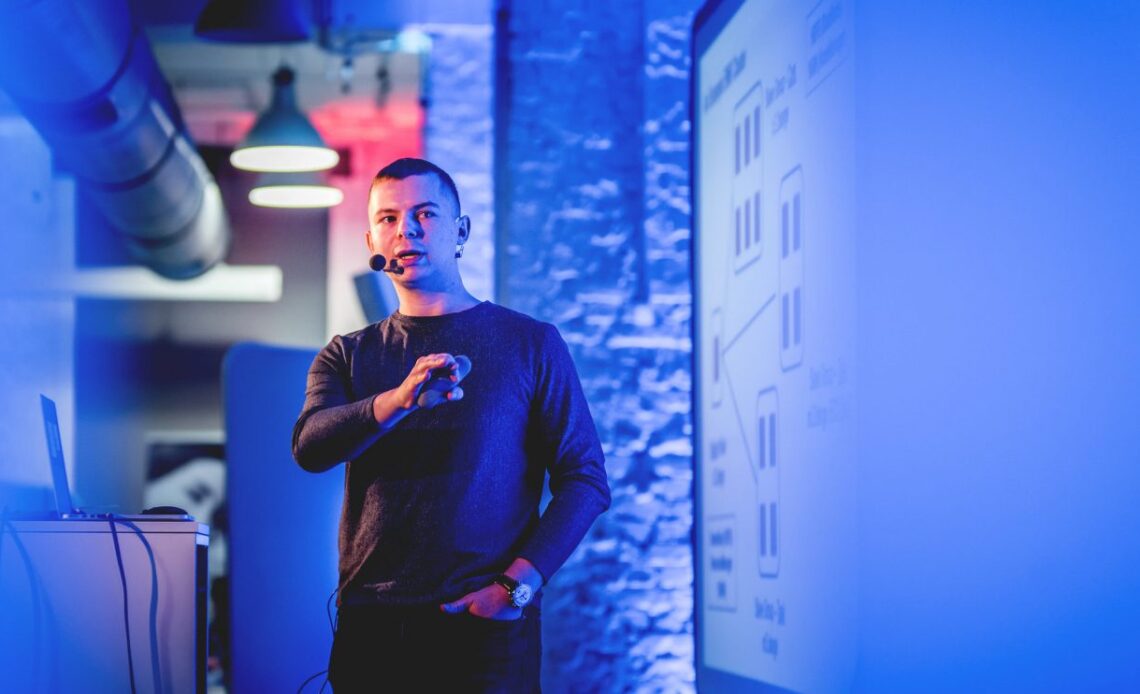Although much has already been said about the cloud, it is still an inexhaustible topic, primarily due to the digital transformation of companies, the evolution of their needs and the resulting rapid development of cloud services makes. Tomasz Stachlewski, CEE Senior Solutions Architecture Manager at AWS, talks about the aforementioned cloud, technology trends in Poland and the development directions of global cloud services provider AWS.
1 How do you assess the impact of the pandemic on the cloud market in Poland?
The COVID-19 pandemic has had a major impact on the re-engineering of business processes, including changing IT infrastructure strategies in companies. Since the beginning of the pandemic, we have seen a large increase in demand for cloud services – in many companies, after employees switched to a remote working model, the amount of data transferred overloaded the traditional infrastructure, causing the organisation to quickly move to the cloud. The often difficult access to in-house (on-premises) infrastructure led to changes in strategy – i.e. a sudden move to the cloud, intensified security efforts, value planning and implementations of DevSecOps concepts.
From what can be observed in the labour market, the future working model will evolve towards hybrid working, with companies focusing on implementing new online tools and increasing use of remote recruitment and onboarding. For many organisations, this means a requirement to refresh training programmes with cloud elements, as well as to implement security and a new approach in the area of DevOps and the optimisation of all IT processes to properly manage the infrastructure.
2 What technology trends are currently dominating?
One of the dominant trends is the growing popularity of the cloud, thanks in part to its scalability, security and versatility, aspects that have become particularly important during the pandemic. We are already seeing that companies that have been quick to implement cloud technology have greater capabilities in terms of supporting remote working, but also to use this infrastructure to significantly improve their competitiveness.
Among the trends, we can also mention artificial intelligence, which in a sense has already been a permanent fixture on the list of technology trends for several years now, also in Poland. And behind it machine learning or the internet of things. The focus has changed somewhat in terms of the purposes for which new technologies are used. It is no longer just the development of companies, but also helping to solve contemporary problems, such as the development of vaccines, as well as responding to the needs of the 21st century, such as the conquest of space.
3. Which cloud services are currently the most popular? What is the reason for this?
It is difficult to pinpoint one or even a few specific services here due to the wide range of over 200 services currently offered by AWS. However, it is worth noting that cloud users in Poland have access to the AWS cloud within their own country via the CloudFront access point in Warsaw. Also gaining popularity is a solution such as AWS Outposts, which is in a sense a slice of the cloud that an enterprise can move to its own server room. This service allows applications to be developed and run locally using the same interfaces as in the AWS regions, using local computing resources and storage to reduce latency and meet processing needs.
4 In what directions is AWS evolving?
At AWS, we always put users first and listen to their current needs. So our development directions are complementary to what companies are looking for, and they are companies from a variety of industries, from finance to education to the arts. On the other hand, there are some specific directions that we are trying to develop in a special way recently. The first of these is new technologies for medicine. An example of this is Turbine.ai, a company that develops drugs and delivers targeted cancer therapies to patients. With AWS, the training time for the simulated human cell models needed for this purpose is to be reduced by 90 per cent.
The example of Turbine.ai, by the way, was presented by the General Manager CEE at AWS, Przemyslaw Szuder, at the annual AWS Summit EMEA conference, which this year took place in June. The event also showcased a whole range of companies that are using new technologies to achieve sustainability goals. One could mention, for example, the company Boom Supersonic, which wants to enable air travel with maximally reduced CO2 emissions thanks to supersonic aircraft, or Marut Drones, which aims to combat clusters of malaria-spreading mosquitoes in India using IoT tools and artificial intelligence.
5 The main objections to cloud deployment are issues of cyber security and lack of control over what happens to the data. So, can it be considered as safe to process and store data externally as it is on a company’s own infrastructure?
Let me disagree with this statement. While only a few years ago I actually encountered questions regarding the security of the cloud, recently customers have been saying the opposite – they want to go to the cloud because they know that this is the solution that guarantees their security. This trend has particularly intensified during the pandemic, when many companies send their employees to work remotely, and consequently data security has started to be considered, even if it has not been a priority topic until now. For us as AWS, this has always been a priority, and just as we are constantly evolving and adapting to the needs of our customers, the issue of security invariably remains paramount to us.












